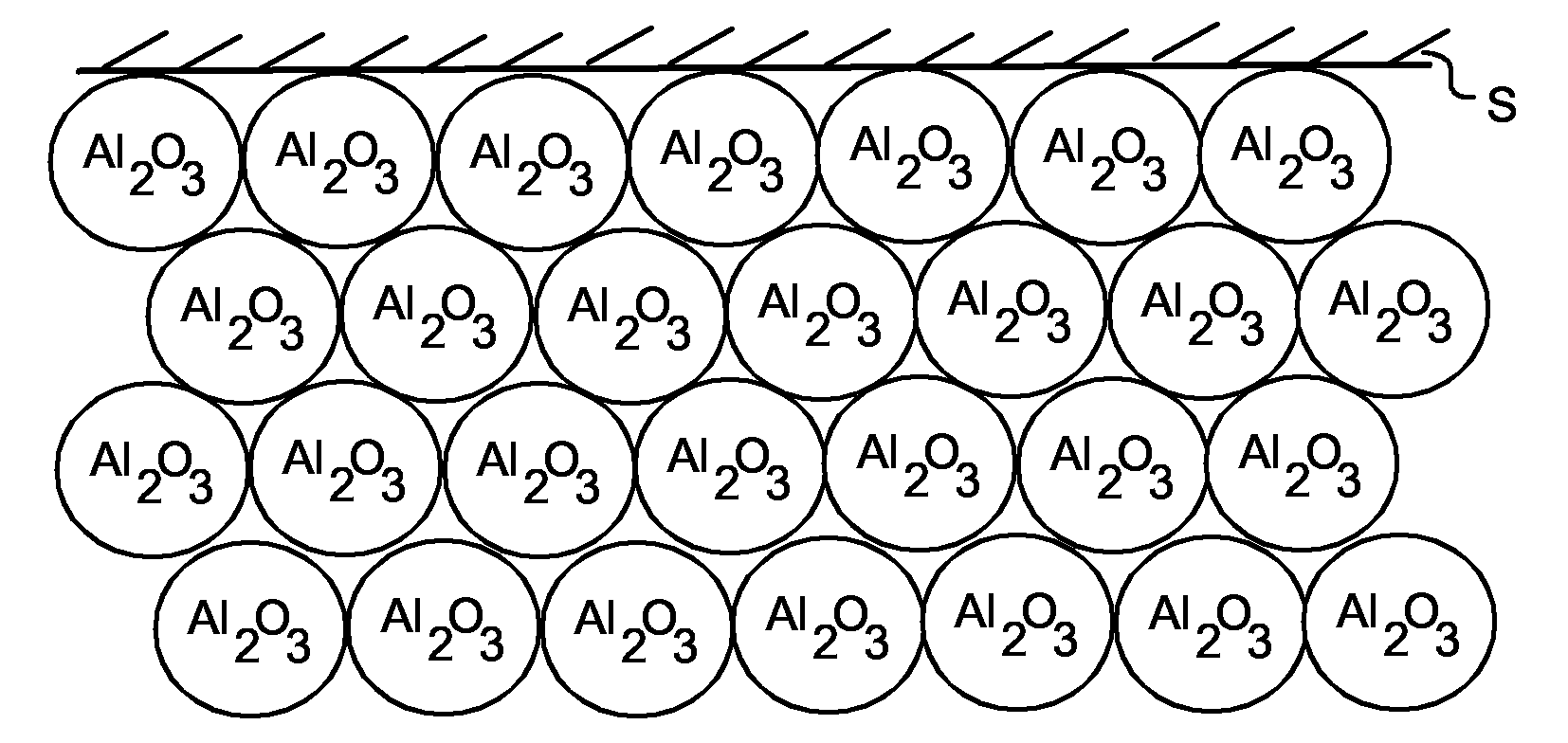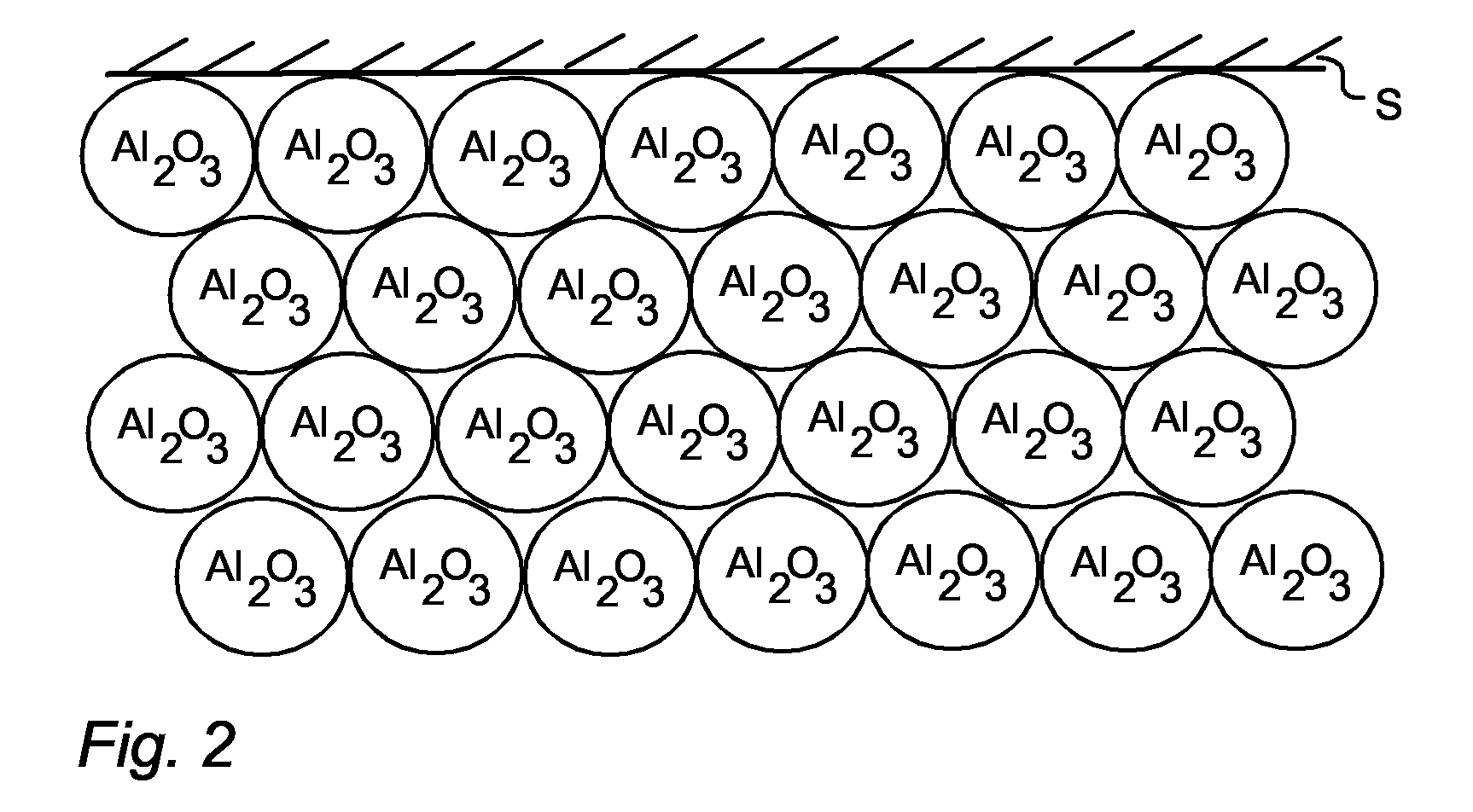Protective Coating of Silver
a technology of protective coating and silver, applied in the direction of coating, metal material coating process, application, etc., can solve the problems of silver and silverware tarnishing naturally in the atmosphere, affecting the appearance of the product negatively, and silver and silverware tarnishing
- Summary
- Abstract
- Description
- Claims
- Application Information
AI Technical Summary
Benefits of technology
Problems solved by technology
Method used
Image
Examples
Embodiment Construction
[0013]Silver naturally tarnishes in the atmosphere, especially in the presence of sulphur. Industrial atmospheres and natural digestive processes are important sources for the tarnishing of silver. When silver is tarnished, sulphides, oxides or carbonates are formed on the surface of silver. Tarnishing degrades the appearance of the product as a layer or spots of black or dark grey colour are formed. Also in technical applications the tarnishing of the silver reduces the optical properties, such as reflectivity, of silver and silver products and parts. For preventing the tarnishing of surfaces of a silver product a thin coating may be provided on the surfaces of the silver product. The coating should be sufficiently thin for preventing the change of the appearance of the silver product, but sufficiently thick to provide good passivation and / or protection against tarnishing. This kind of thin coating may be applied on the surfaces of a silver product preferably by using Atomic Layer ...
PUM
| Property | Measurement | Unit |
|---|---|---|
| thickness | aaaaa | aaaaa |
| thickness | aaaaa | aaaaa |
| thickness | aaaaa | aaaaa |
Abstract
Description
Claims
Application Information
 Login to View More
Login to View More - R&D
- Intellectual Property
- Life Sciences
- Materials
- Tech Scout
- Unparalleled Data Quality
- Higher Quality Content
- 60% Fewer Hallucinations
Browse by: Latest US Patents, China's latest patents, Technical Efficacy Thesaurus, Application Domain, Technology Topic, Popular Technical Reports.
© 2025 PatSnap. All rights reserved.Legal|Privacy policy|Modern Slavery Act Transparency Statement|Sitemap|About US| Contact US: help@patsnap.com



